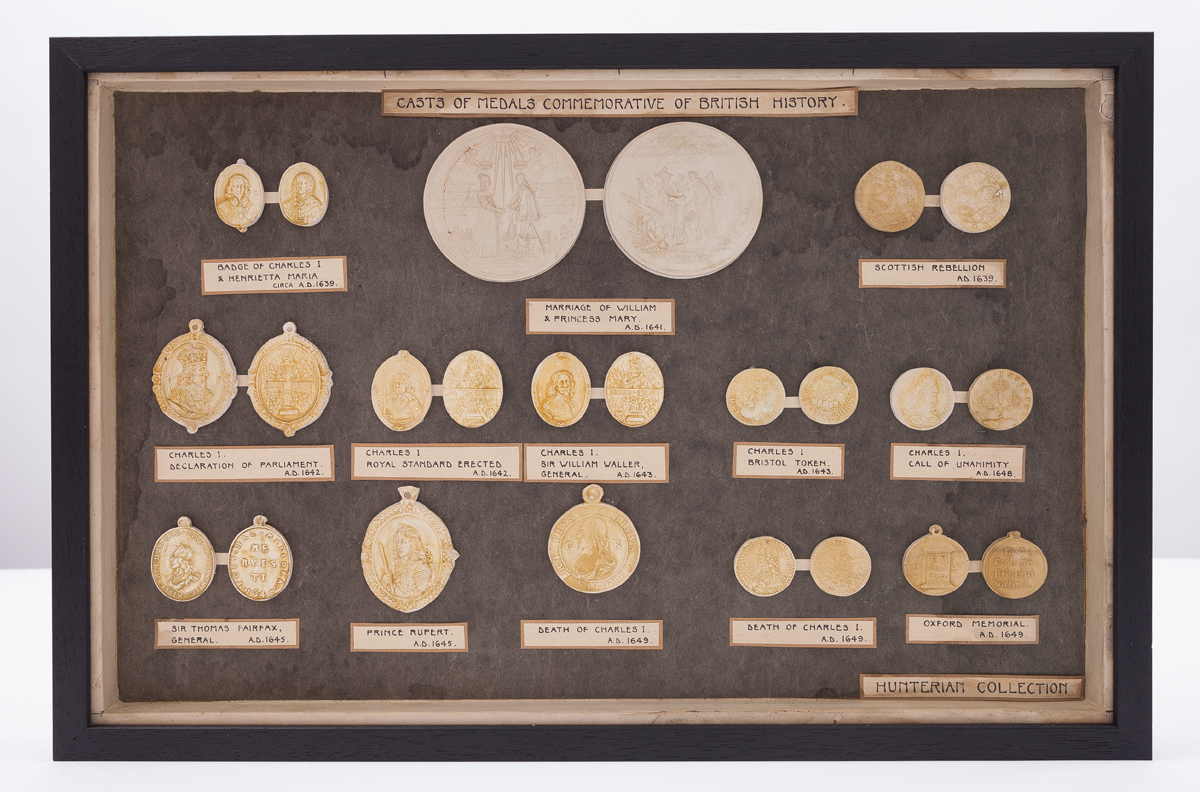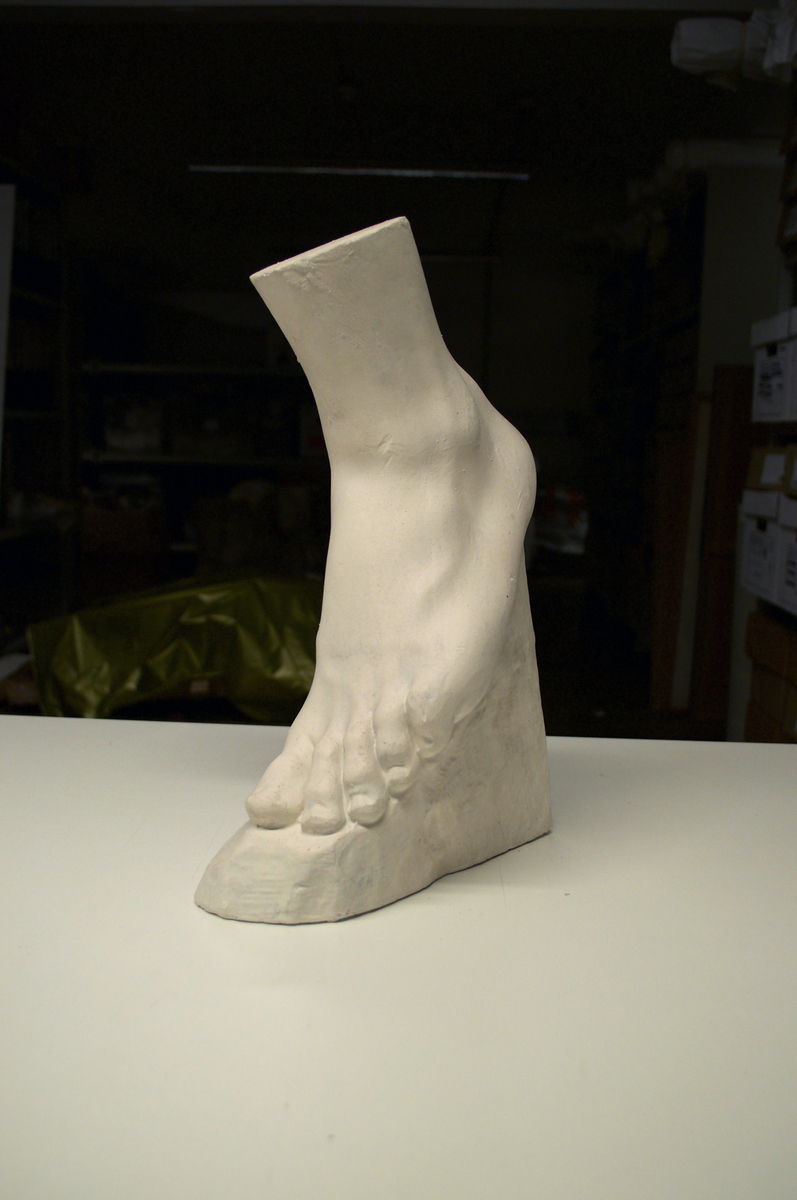Teaching Materials
Plaster casts were important teaching aids from the school’s earliest years through to the mid 20th century, when teaching from casts grew out of style. GSA’s buildings have always hosted a number of plaster casts comprising human figures, architectural fragments, plaster reliefs, plaster friezes, marble reliefs, tondos and busts. These figures occupied the halls of the Mackintosh Building from the late 19th century onwards. While it’s not unusual for art schools to hold plaster casts such as these, because ours have always occupied the School, they regularly appear in the archive’s photograph collections.
Used as teaching aids, the casts are generally based on classical statuary and were sourced from Roman, Greek and later Italian and Mediaeval periods. The Giusti collection of plaster casts highlights the material practices of J. Giusti & Co. and the company’s role in maintaining plaster casts as teaching tools at the Glasgow School of Art.
The School also collected manuscript fragments and examples of calligraphy throughout the early 20th century as a part of the Lending Museum Scheme, a programme that circulated teaching aids throughout schools in Glasgow to make a larger range of material available to students.
We also look after a group of display cases containing instructions and examples for various crafts taught at GSA, as well as casts of medals, medallions and portrait miniatures, plus examples of Paisley pattern, katagami, and textiles, particularly those from the Needlework Development Scheme.
In addition, a number of ceramics and metalwork are clearly props for still life compositions, many of which feature a red reference number which corresponds with lists of such material in the records of the School’s Lending Museum Scheme.
There are also many photographs, lantern slides and glass plate negatives that have been collected and used as teaching aids, used to cover subjects such as European and Asian art history, ethnography and costume design.














